When exploring the world of pottery and ceramics, a question that often arises is: what types of clay are there? The variety of clays used in pottery and ceramic projects is vast, each offering unique properties and characteristics that affect the shaping, firing, and final appearance of the piece. Understanding these differences can help artists and hobbyists alike choose the right clay for their specific needs. For a comprehensive guide, you can explore this detailed article. Below is a helpful table summarizing common types of clay and their distinctive features.
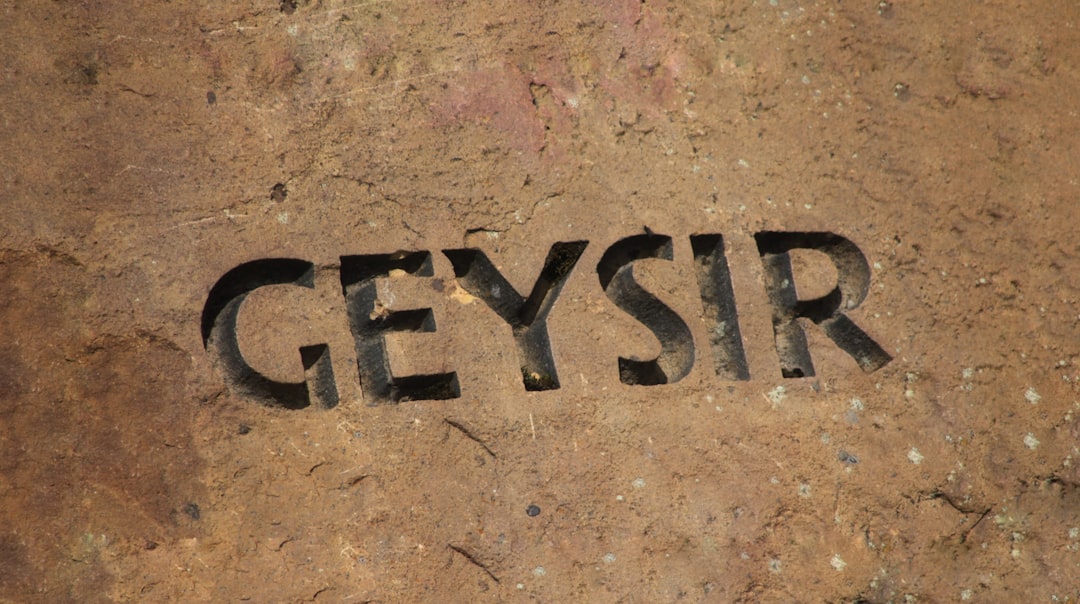
| Type of Clay | Characteristics | Uses |
|---|---|---|
| Earthenware | Low firing temperature, porous, red or buff color | Everyday pottery, decorative pieces |
| Stoneware | Mid to high firing temperature, non-porous, durable | Functional ware, dinnerware |
| Porcelain | High firing temperature, translucent when thin, smooth | Fine china, delicate sculpture |
Choosing the Right Clay for Your Project
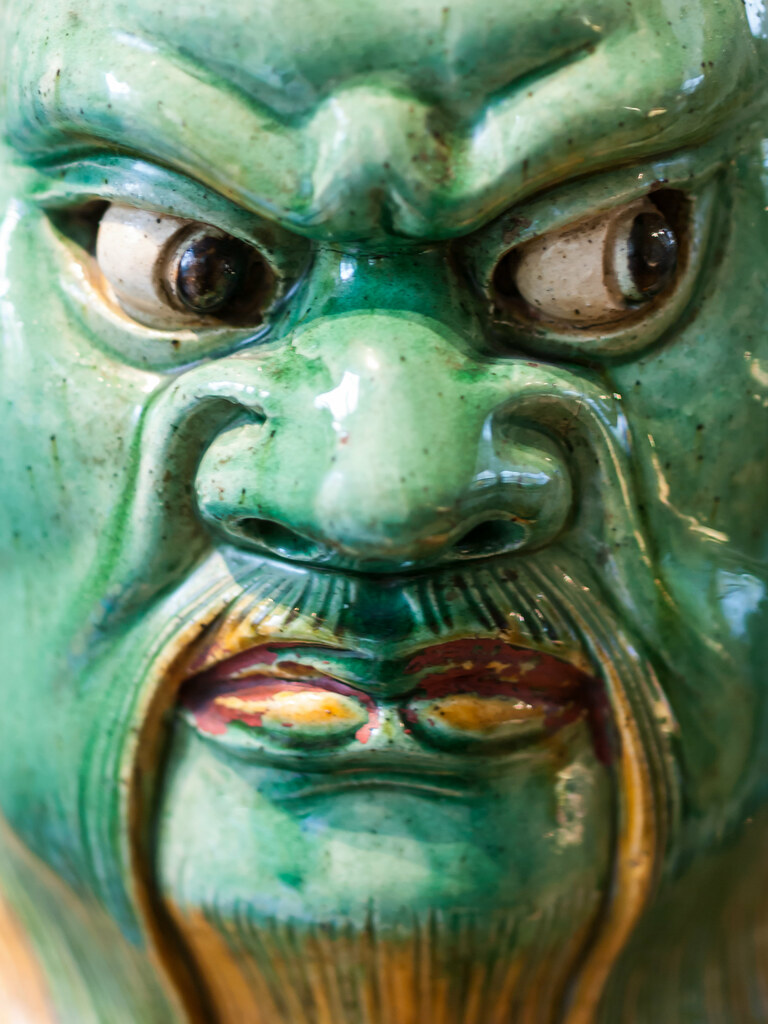
Diving into pottery can feel overwhelming with the various clay options, but it’s a matter of matching your project goals with the right material. If you’re into creating casual, decorative pieces, earthenware might be your go-to choice. With its ease of workability and lovely natural hues, it’s a favorite among beginners. However, its porous nature post-firing means you’ll need to glaze it to make it watertight.
For those more inclined toward functional pieces like mugs or plates, stoneware offers both durability and versatility. It’s less absorbent than earthenware after firing, making it ideal for handling food and liquids without the need for a glaze. You can read more about the differences between clay and porcelain and their best uses.
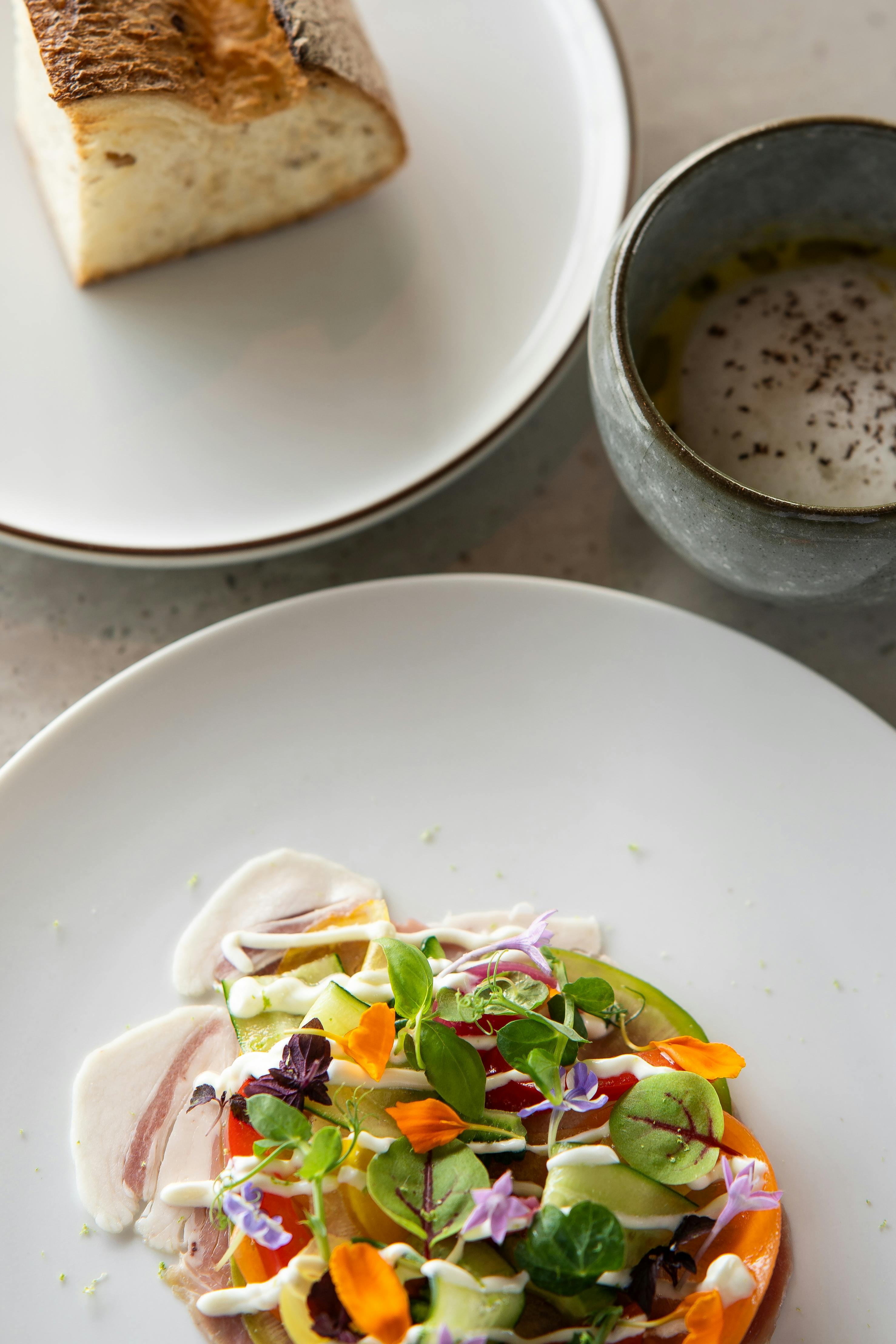
Diving into Delicate Porcelain
If you’re aiming for that fine, pristine look, porcelain is unparalleled. It’s known for its pure white color and translucency, offering a sophistication that’s hard to beat. Perfect for delicate sculptures or fine china, porcelain demands a higher skill level due to its demanding firing process and tendency to warp.
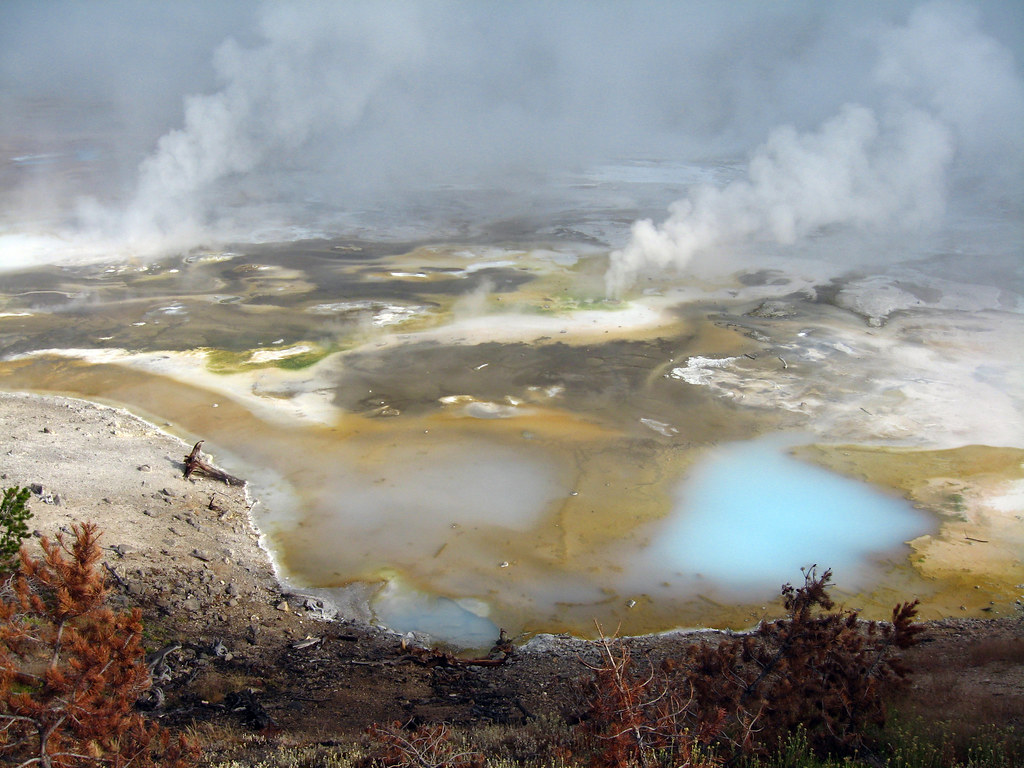
Porcelain is commonly used in producing intricate and decorative pieces that hold cultural significance, often exhibited in art galleries. For mastering porcelain and other pottery techniques, check out this expert guide on clay pottery techniques.
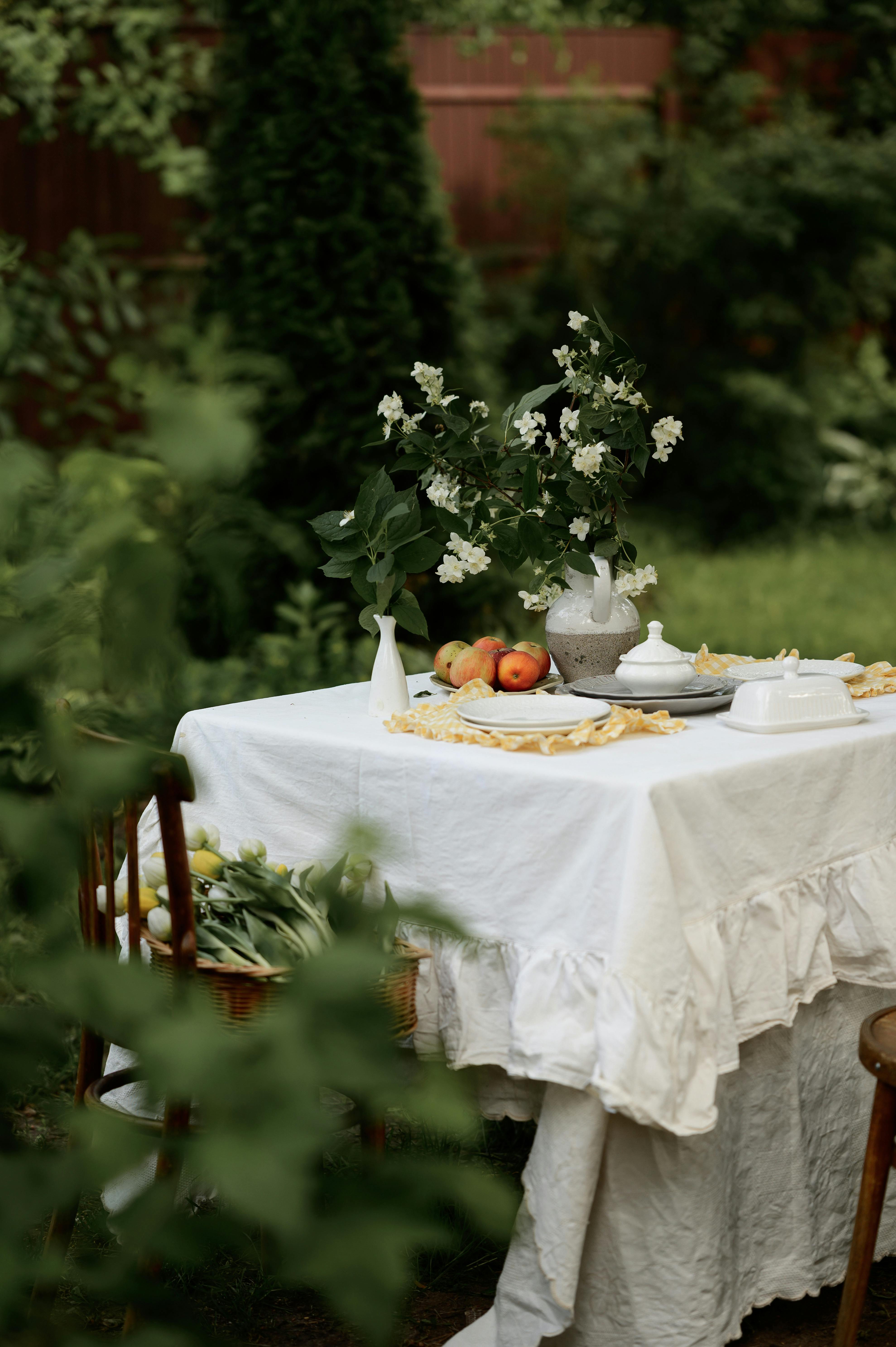
Experimenting with Alternative Clays
Traditional clay types aren’t the only options available. Many artists explore alternative clays to bring new textures and finishes to their projects. Clays such as paper clay or grogged clay provide unique characteristics and are worth experimenting with. Imagine the creative possibilities with a medium that strengthens your piece or adds intriguing textures.

- Paper clay: This is a favorite for creating lightweight yet strong pieces. It includes paper pulp, which enhances workability and reduces firing time.
- Grogged clay: Contains small particles known as “grog,” improving strength and resistance to cracking, making it ideal for larger sculptural works.
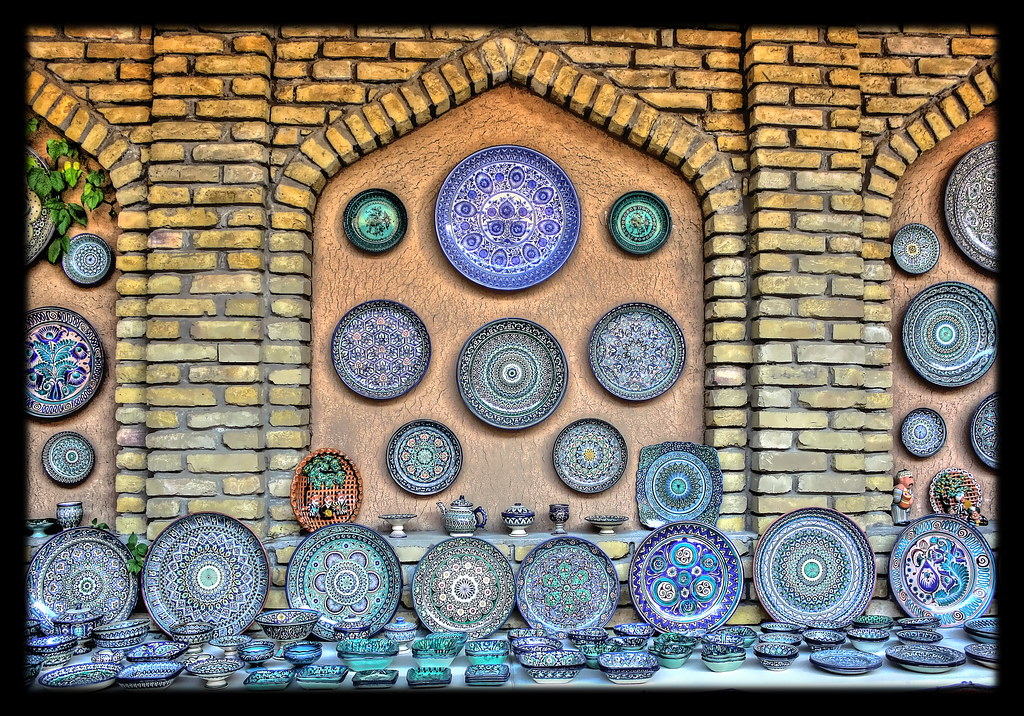
Caring and Crafting with Clay
Once you’ve selected your clay, understanding its quirks and requirements for shaping and firing is crucial. Each type of clay may require different handling techniques, drying times, and firing temperatures. Remember, the magic of pottery lies in the details—your artistic vision combined with the right clay can lead to stunning creations.
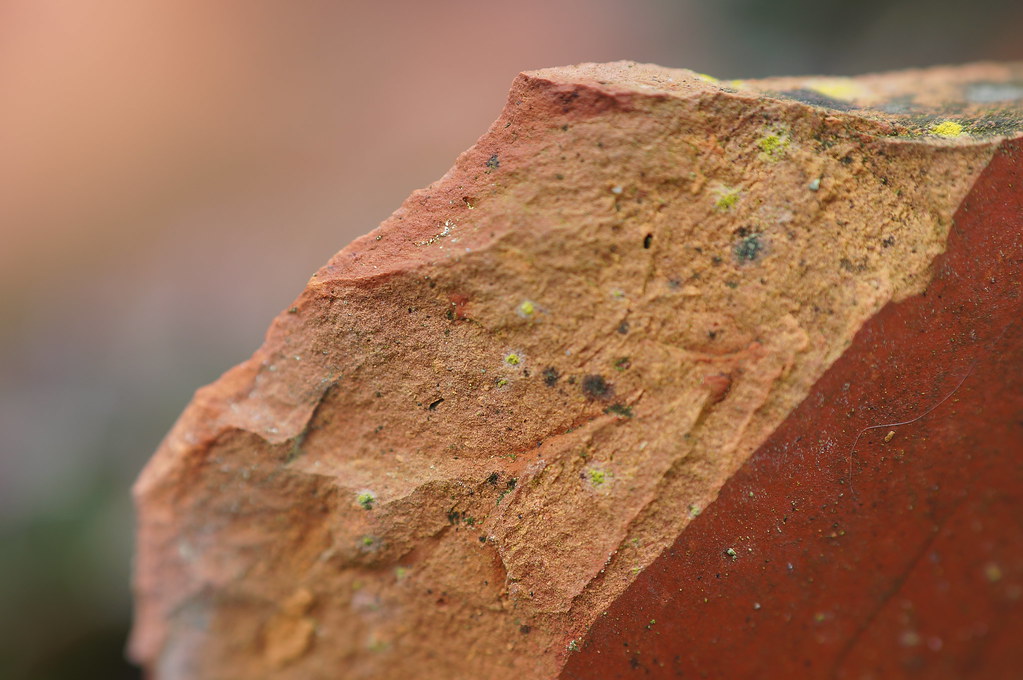
Which type of clay captures your imagination? Share your favorite experiences or tips for working with different clays, and let’s discuss the limitless possibilities clay offers! For the most recent articles and inspirations, check out our latest updates.

Shuttle Art Oven Bake Modeling Clay
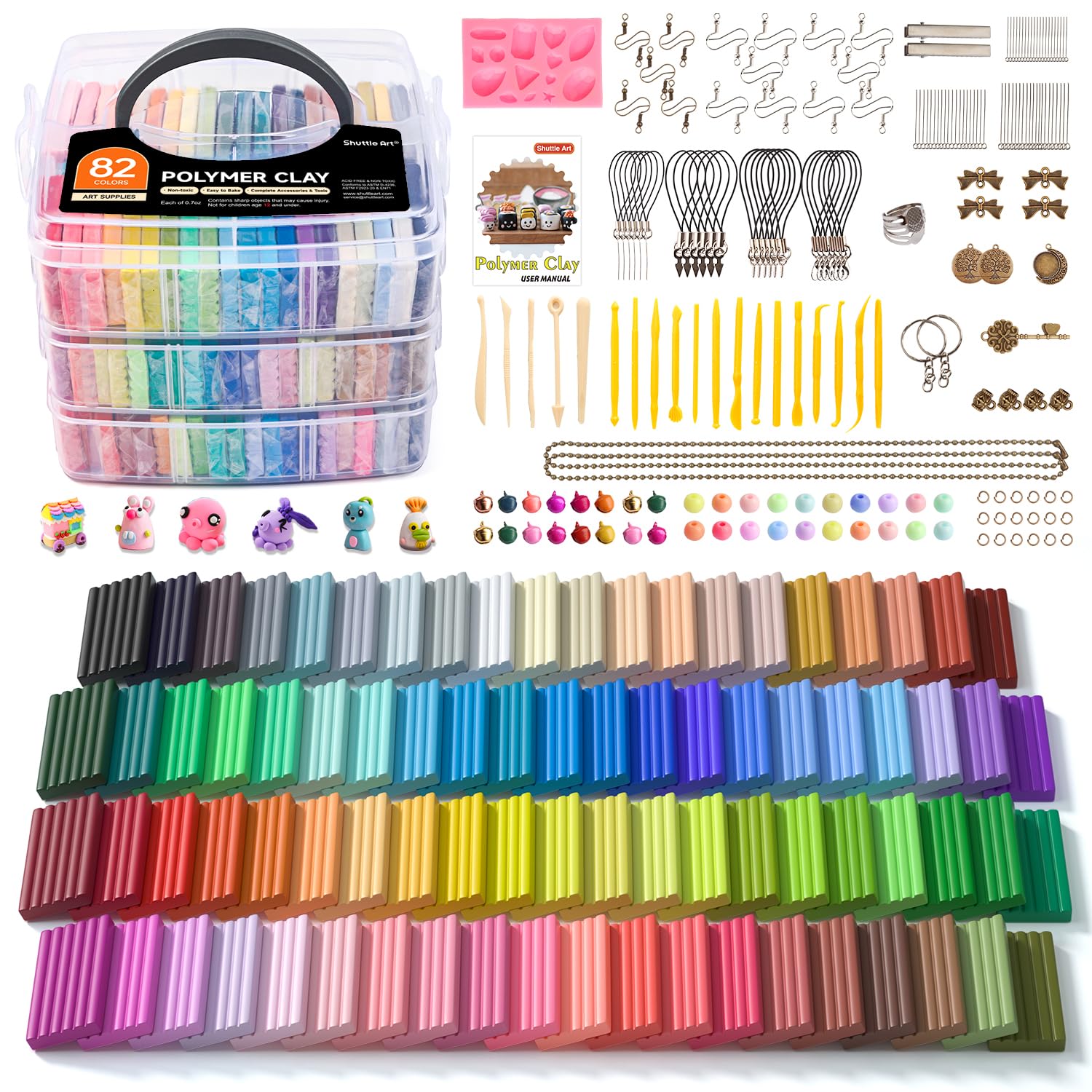
Unleash your creativity with the Shuttle Art Polymer Clay Kit, featuring 82 vibrant colors and 19 versatile clay tools. This comprehensive set includes 16 different accessories, perfect for both beginners and seasoned artists. Non-toxic and non-sticky, it’s the ideal choice for crafting unique DIY projects, from jewelry to decor. Whether you’re nurturing a child’s artistic talent or exploring your own creative potential, this kit is a wonderful gift for kids and adults alike.
ARTPAR Modeling Molding Sculpting Non Sticky
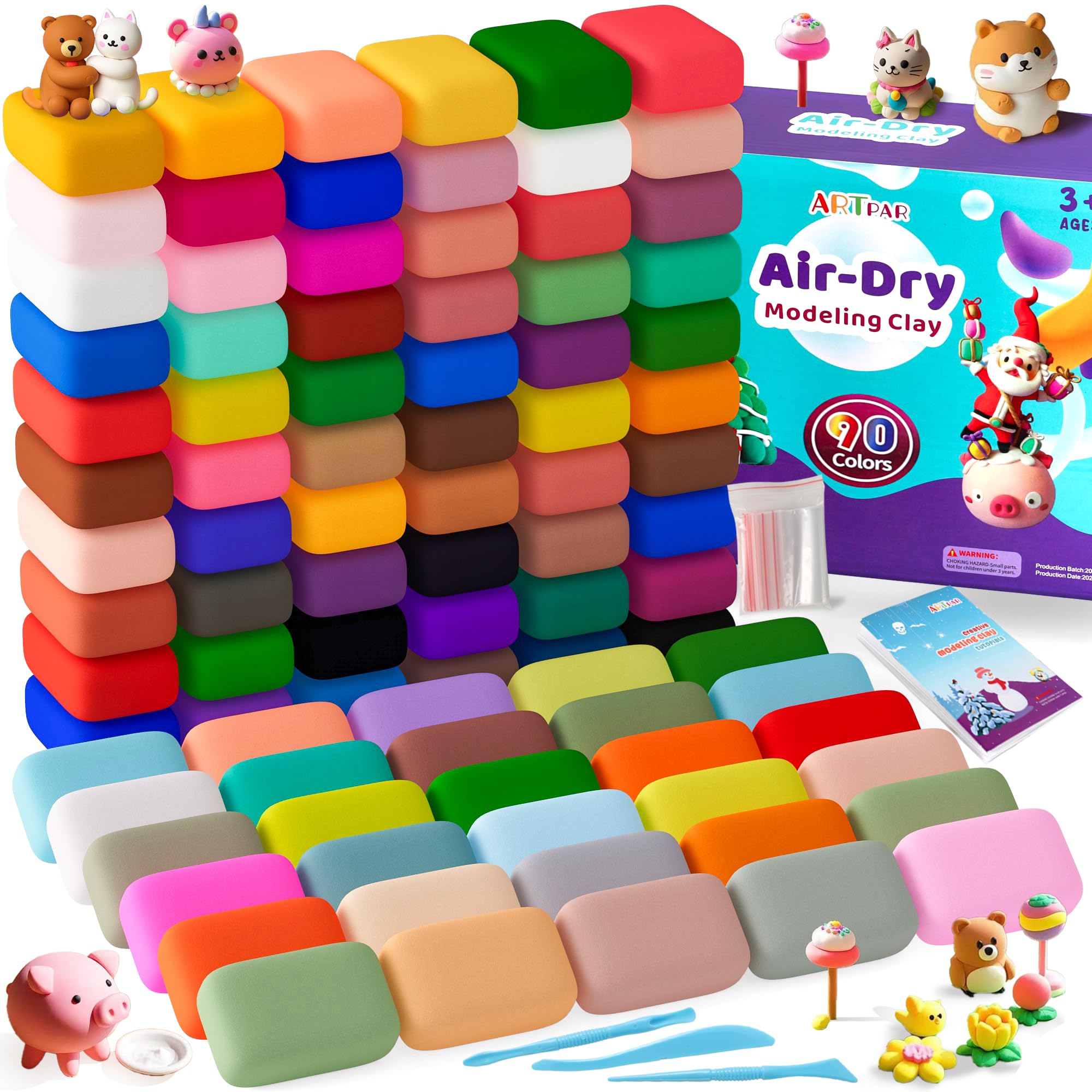
Discover your inner artist with this 14-piece Pottery Clay Tools Set, perfect for both novice and seasoned sculptors. Complete with a durable plastic case in a chic rose red, this kit has everything you need for modeling and shaping your creative visions. Ideal for arts, crafts, and sewing enthusiasts, these versatile tools enhance precision and control, making your pottery projects seamless and enjoyable. Whether you’re at home or in a studio, this set is a must-have for elevating your sculpting skills.
⭐️ Types of Crafting Clay for Beginners ⭐️ Polymer Clay vs Air Dry
When exploring the world of pottery and ceramics, a question that often arises is: what types of clay are there? The variety of clays used in pottery and ceramic projects is vast, each offering unique properties and characteristics that affect the shaping process. To help beginners navigate these options, Yeppenny Doodles provides an informative video comparing polymer clay and air dry clay, making it easier to decide which type is best suited for your crafting projects.
When it comes to choosing the right clay for your pottery or ceramic projects, understanding the different types can make all the difference. From earthenware’s versatility to porcelain’s delicate beauty, each clay type offers distinct qualities that cater to various artistic needs and skill levels. Whether you’re a beginner experimenting with hand-building or a seasoned artist glazing intricate sculptures, there’s a perfect clay out there to bring your creative visions to life.
Stay Connected and Keep Creating!
I’d love to see what you’re working on and share more tips and inspiration. Make sure to follow us on Instagram to stay updated with the latest trends, tutorials, and community projects. Let’s continue this creative journey together and explore the endless possibilities that different types of clay have to offer!
Leave a Reply
Venture into a world where clay and creativity converge at JJClayStudio.com – where every piece tells a story. Unearth your next treasure and become part of the narrative that turns everyday moments into artful experiences.
